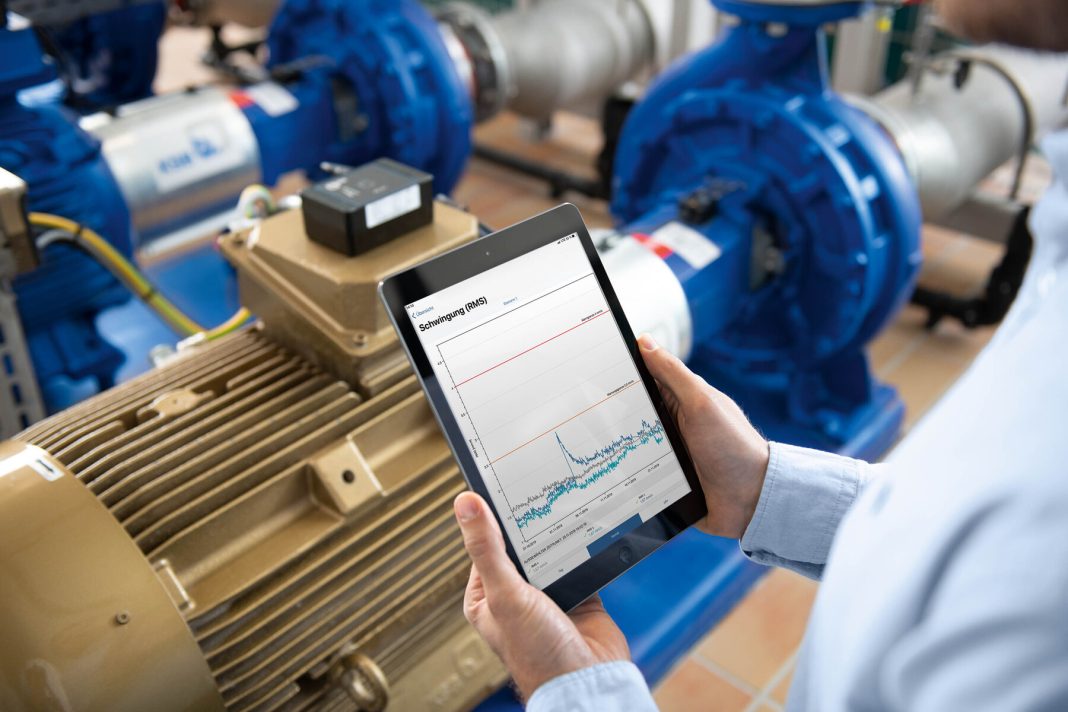Pumps play a crucial role across various industries, including construction, manufacturing, agriculture, and wastewater management.
As technology advances, the evolution of pump systems continues to enhance efficiency, reliability, and sustainability. This article delves into the latest innovations in pump technology, exploring key developments that are transforming the industry.
1. Smart Pump Systems
Overview
The integration of smart technology into pump systems has revolutionized how pumps are monitored, controlled, and maintained. Smart pumps utilize sensors, IoT (Internet of Things) connectivity, and data analytics to provide real-time insights into pump performance.
Benefits
- Remote Monitoring: Operators can monitor pump performance from anywhere, reducing the need for on-site inspections.
- Predictive Maintenance: Advanced algorithms analyze data to predict potential failures, allowing for proactive maintenance and reducing downtime.
- Optimized Performance: Smart pumps can automatically adjust their operations based on real-time conditions, improving energy efficiency and extending equipment lifespan.
2. Energy-Efficient Pump Designs
Overview
Energy efficiency is a top priority in pump design, especially with rising energy costs and growing environmental concerns. Recent innovations focus on optimizing pump performance while minimizing energy consumption.
Innovations
- Variable Frequency Drives (VFDs): VFDs allow pumps to adjust their speed according to the demand, leading to significant energy savings. By matching the pump speed to the required flow rate, VFDs reduce energy waste and wear on components.
- Hydraulic Optimization: New impeller designs and hydraulic configurations enhance the efficiency of centrifugal pumps, improving their performance across various operating conditions.
- High-Efficiency Motors: The development of premium efficiency motors further contributes to reducing energy consumption, making pumps more sustainable.
Benefits
- Cost Savings: Energy-efficient pumps lead to lower operational costs and reduced energy bills.
- Environmental Impact: Reduced energy consumption translates to lower carbon emissions, supporting sustainability goals.
3. Advanced Materials and Coatings
Overview
The materials used in pump construction significantly impact their performance, durability, and resistance to corrosion and wear. Recent advancements in materials science have led to the development of innovative coatings and materials for pump components.
Innovations
- Composite Materials: Lightweight and durable composite materials are increasingly used in pump construction, offering improved resistance to chemical corrosion and mechanical wear.
- Specialized Coatings: Advanced coatings, such as ceramic and polymer-based options, provide enhanced protection against abrasion and corrosion, extending the lifespan of pump components.
Benefits
- Increased Longevity: Pumps constructed from advanced materials require less frequent replacement and maintenance, reducing lifecycle costs.
- Enhanced Performance: Improved material properties lead to better overall pump performance and reliability.
4. Self-Priming and Submersible Pumps
Overview
Self-priming and submersible pumps have seen significant innovations in design and functionality, making them more efficient and versatile for various applications.
Innovations
- Enhanced Self-Priming Mechanisms: New designs in self-priming pumps allow for faster and more efficient priming, reducing downtime during operation.
- Compact and Portable Designs: Modern submersible pumps are designed to be more compact and portable, making them easier to transport and install in confined spaces.
Benefits
- Versatility: The latest self-priming and submersible pumps can handle a wide range of fluids, including wastewater and abrasive materials, making them suitable for diverse applications.
- User-Friendly: Improved designs make these pumps easier to operate and maintain, enhancing user experience.
5. Eco-Friendly Pump Solutions
Overview
As industries strive for sustainability, eco-friendly pump solutions have gained traction. These innovations aim to reduce environmental impact while maintaining performance and reliability.
Innovations
- Solar-Powered Pumps: Solar energy is increasingly being harnessed to power pump systems, particularly in remote areas or applications where electricity access is limited. Solar pumps are efficient, cost-effective, and environmentally friendly.
- Biodegradable Fluids: The use of biodegradable pumping fluids is on the rise, particularly in environmentally sensitive applications. These fluids minimize environmental impact in case of leaks or spills.
Benefits
- Sustainability: Eco-friendly pump solutions support sustainability initiatives and help industries reduce their carbon footprint.
- Compliance: Adopting eco-friendly technologies can help organizations meet regulatory requirements and improve their overall environmental compliance.
6. Automation and Robotics in Pumping Systems
Overview
Automation is transforming pump technology, leading to increased efficiency, safety, and reliability. The integration of robotics and automation systems streamlines operations and minimizes human intervention.
Innovations
- Automated Control Systems: Advanced control systems allow for the automatic adjustment of pump operations based on real-time data, improving efficiency and reducing manual labor.
- Robotic Maintenance: The use of robotic systems for maintenance tasks, such as cleaning and inspection, enhances safety and reduces downtime.
Benefits
- Increased Efficiency: Automation optimizes pump operations, ensuring consistent performance and reducing human error.
- Enhanced Safety: By minimizing human involvement in potentially hazardous environments, automation improves overall workplace safety.
Conclusion
The latest innovations in pump technology are revolutionizing the industry, driving efficiency, sustainability, and reliability.
From smart pump systems and energy-efficient designs to advanced materials and eco-friendly solutions, these advancements are shaping the future of pumping systems across various sectors.
As the demand for efficient and sustainable pumping solutions continues to grow, embracing these innovations will be crucial for businesses looking to stay competitive in an ever-evolving market.
By investing in the latest pump technologies, organizations can enhance their operations, reduce costs, and contribute to a more sustainable future.
Also Read
From groundwater to grout: The versatile applications of pumps in construction
A deep dive into concrete curing compounds: Enhancing concrete durability

